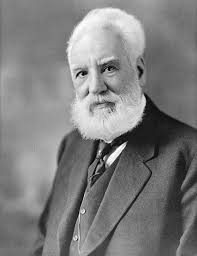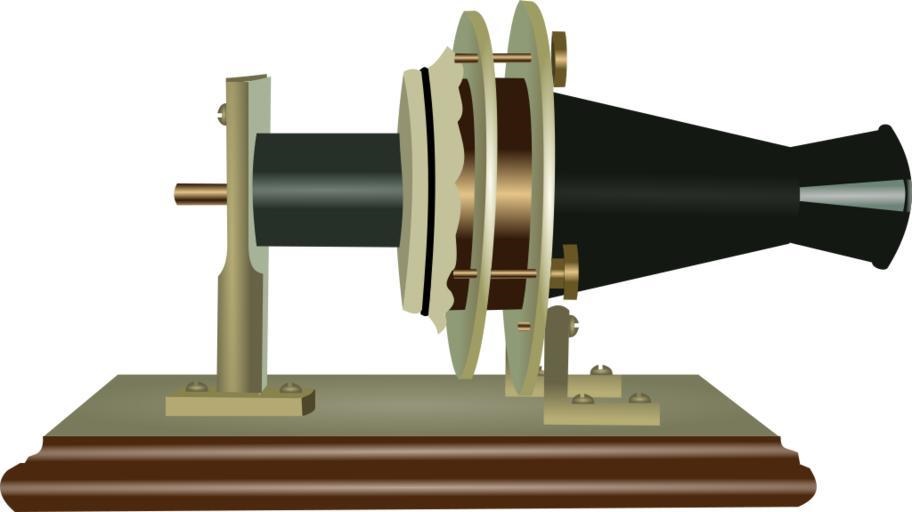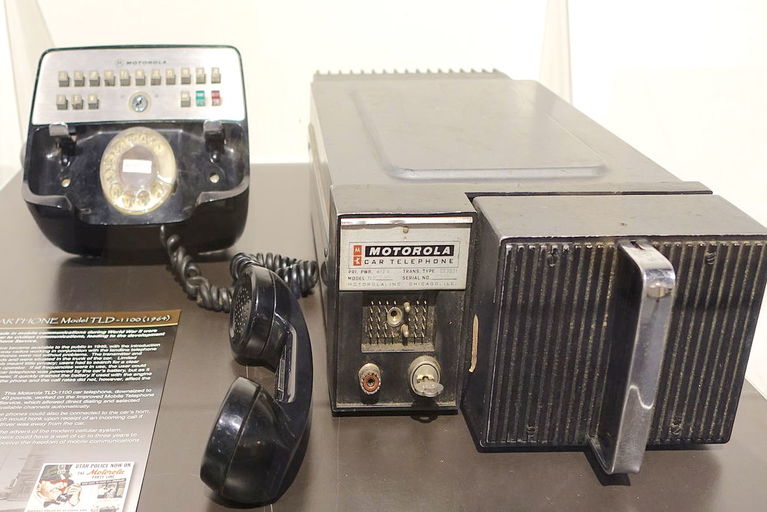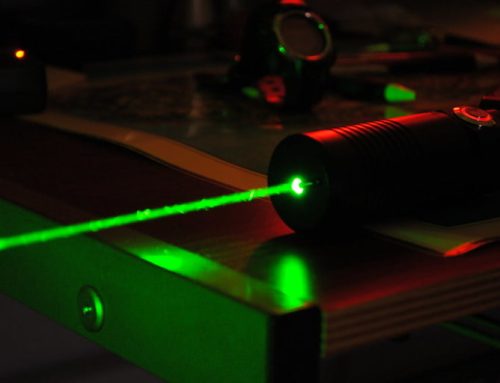
Have you ever think about how your mobile phone makes calls in any part of the world. How does make it possible? It happens because of two things one is ‘Telephone’ and the other is known as ‘Wireless Communication’. But it is not a one-day job. It is the result of the hard work of many years of different scientists and engineers. If you want to know about that journey then come with me to explore that invention.

Alexander Graham Bell

Alexander Graham Bell telephone
model
Did you know the name ‘Alexander Graham Bell? He was the person who invented the ‘Telephone’. Bell was Scottish-born –American inventor, scientist, and also a teacher. While pursuing his teaching profession, Bell began researching methods to transmit different message signals through a single wire. We can say that it was the foundation of ‘Telephone’. So Bell has given us a ‘Telephone’.
By using the Alexander graham bell telephone model several changes had been made to improve the quality and reliability of telephonic communication. For example, our Land-Line phones are one of the best modifications in Alexander graham bell telephone.
Now to achieve ‘Mobile Phone Communication’ we were needed one more thing which had been wire-less. Wireless communication was magic to our ancestors. Several names provided their effort to develop wireless communication; some of them are J. C Bose, William Dubilier, Guglierlmo Marconi etc.

Martin Cooper with world first hand held mobile phone

Car phone
The first handheld mobile phone call was made by Martin Cooper, who led the team that developed the first handheld phones, to his project rival Joel Engel. Joel Engel was an engineer and head of AT&T’s. The first mobile phone named Motorola DYNA T.A.C. and its weight is approximately 2.5lb (1.1 kg). This invention made a revolution in wireless communication. However, this model was not very popular at that time because of its size and confined area of communication.
At this time mobile phones are not cellular. Signals were conducted by very large transmission towers and its communication area was confined. In early 1980 to 1990, mobile phones were generally known as car phones as they were permanently confined or mounted with vehicles.
A very important breakthrough in mobile phone technology came when the communication system became cellular. This cellular communication technology provides the freedom to mobile phone users to move in and out of tower frequency areas while on a phone call. This freedom of movement from one cellular area to another cellular area made the device much more useful than the first mobile phone.
1G – Analog Cellular Network Communication:
Cellular technology was invented by Joel Engel and Richard Frenkiel, two researchers of AT&T Labs. The introduction of cellular technology replaced large broadcast towers, with small low-powered towers. This was a foundation for the first generation of cellular technology. The first commercial automated cellular network (the 1G generations) was launched in Japan by NTT (Nippon Telegraph and Telephone) in 1979.
2G – Digital Networks:
In the mid of nineties, several versions of 2G or second generation of cellular communication emerged. This generation’s cellular communication was different from the previous generation because it used digital communication instead of analog communication. Primarily 2G uses GSM standards.
The second-generation introduces a new way of communication, for example, it provided SMS text messaging. Today most of us prefer sending text messages instead of placing voice calls. The use of 2G technology requires a strong digital signal to help mobile phones work properly.
Let’s have a look at two variants of 2G technology:
- 5G
- 75 –EDGE
2.5G using GPRS (General Packet Radio Service) technology provide data rate from 56Kbit/s up to 115 Kbit/s. It can be used for services such as MMS, WAP, and Internet communication.
2.75 – EDGE (Enhanced Data Rate for GSM Evolution) technology is an extended version of GSM. It allows clear and fast transmission over GPRS. EDGE data transfer rate is approx. 300 Kbit/s.
3G – High-Speed Internet Protocol data Network:
As the 2G users increased, most of the people found that the 2G network speed is not satisfactory. It became clear that demand for data services was growing like accessing the internet with high speed. So the several industries began to work on the next generation or third generation of cellular network technology.
The main difference between 3G and 2G is that ‘Packet switching’. 3G uses packet switching while 2g uses circuit switching for data transmission. Packet switching is much faster than circuit switching.
4G – Increases bandwidth of data communication:
Consequently, peoples were demanding more data speed over 3G, and 4G is the result of this demand. The expectation of the 4G technology is the high quality of audio/video streaming over end to end on the Internet.
5G – It has more than high bandwidth:
It will become the next generation for cellular communication. 5G provides you high-quality speed on internet protocol. It is much faster than the 4G data rate. But one of the main issues with this cellular technology generation is – Its frequency range. It uses a multi GHz frequency range to provide high speed and it is not good for human beings and the environment. I am not judging this cellular generation. It is my opinion on this.
That’s how we have seen an evolution in mobile phone communication networks.
Thanks for reading. See you soon with another exploration!






[…] to 5G and it will go further in upcoming years. The major limitation of cellular communication or mobile phone communication is that it primarily depends on the ground-based cell phone network (or mobile signal towers). In […]
[…] it is being used as an entertainment source or being used for remote communication. It is either Cell phones or RADAR all of them are using radio communication differently. Radio communication has some […]